Contents
Guide
 Japanese audio phrasebook
Japanese audio phrasebook September 2018
Published by Lonely Planet Global Limited CRN 554153
Cover Image Nightlife in Shinsekai district, Osaka. Sean Pavone/Alamy ISBN 9781788686327 Text Lonely Planet 2018 All rights reserved. No part of this publication may be reproduced, stored in a retrieval system or transmitted in any form by any means, electronic, mechanical, photocopying, recording or otherwise, except brief extracts for the purpose of review, without the written permission of the publisher. Lonely Planet does not allow its name or logo to be appropriated by commercial establishments, such as retailers, restaurants or hotels. Please let us know of any misuses: www.lonelyplanet.com/ip Lonely Planet and the Lonely Planet logo are trade marks of Lonely Planet and are registered in the U.S.
Although the authors and Lonely Planet try to make the information as accurate as possible, we accept no responsibility for any loss, injury or inconvenience sustained by anyone using this book.
acknowledgments Thanks to the following people for their contributions to this phrasebook: Yoshi Abe for supplying the translations and transliterations, and for lending his expert advise on aspects of Japanese linguistics and culture.
Although the authors and Lonely Planet try to make the information as accurate as possible, we accept no responsibility for any loss, injury or inconvenience sustained by anyone using this book.
acknowledgments Thanks to the following people for their contributions to this phrasebook: Yoshi Abe for supplying the translations and transliterations, and for lending his expert advise on aspects of Japanese linguistics and culture.
Yoshi holds a Bachelor of Arts in Anthropology and Linguistics, and a Masters Degree in Anthropology. He also has ample experience as a Japanese teacher and translator, wrote the previous edition of this phrasebook and co-authored Lonely Planets World Food Japan. Yoshi would like to thank Leonie Boxtel for her practical advice as an experienced expat living in Tokyo and for her invaluable support. He also wishes to thank Annelies Mertens at Lonely Planet for her precise work and patience as an editor. Commissioning editors Karina Coates, Rachel Williams and Karin Vidstrup Monk for getting the ball rolling and seeing the project through until the end. Publishing managers Peter DOnghia and Ben Handicott for supporting this edition.
Project manager Fabrice Rocher for assembling and tirelessly managing the project team. Assisting editors Francesca Coles, Piers Kelly, Branislava Vladisavljevic and Laura Crawford for their contributions. Layout designers Jacqui Saunders, David Kemp and Katherine Marsh for lending a hand with the finishing touches. Series designer Yukiyoshi Kamimura for the book and cover designs, and inside illustrations. Daniel New for the cover illustration. make the most of this phrasebook Anyone can speak another language! Its all about confidence. make the most of this phrasebook Anyone can speak another language! Its all about confidence.
Dont worry if you cant remember your school language lessons or if youve never learnt a language before. Even if you learn the very basics (on the inside covers of this book), your travel experience will be the better for it. You have nothing to lose and everything to gain when the locals hear you making an effort. finding things in this book For easy navigation, this book is in sections. The Tools chapters are the ones youll thumb through time and again. The Practical section covers basic travel situations like catching transport and finding a bed.
The Social section gives you conversational phrases, pick-up lines, the ability to express opinions so you can get to know people. Food has a section all of its own: gourmets and vegetarians are covered and local dishes feature. Safe Travel equips you with health and police phrases, just in case. Sustainable Travel, finally, completes this book. Remember the colours of each section and youll find everything easily; or use the comprehensive Index. being understood Throughout this book youll see coloured phrases on each page. being understood Throughout this book youll see coloured phrases on each page.
Theyre phonetic guides to help you pronounce the language. Start with them to get a feel for how the language sounds. The pronunciation chapter in Tools will explain more, but you can be confident that if you read the coloured phrase, youll be understood. As you become familiar with the spoken language, move on to using the actual text in the language which will help you perfect your pronunciation. using the audio Youll notice the numbered tags (eg 32A) beside a selection of phrases in this book. The number refers to the audio track, the letter indicates the order it will be read in the audio track so a is first, b is second etc.
Use the audio to help master your own pronunciation, or use it on the road by transferring the MP3 files to your portable media player and letting it do some of the talking for you. 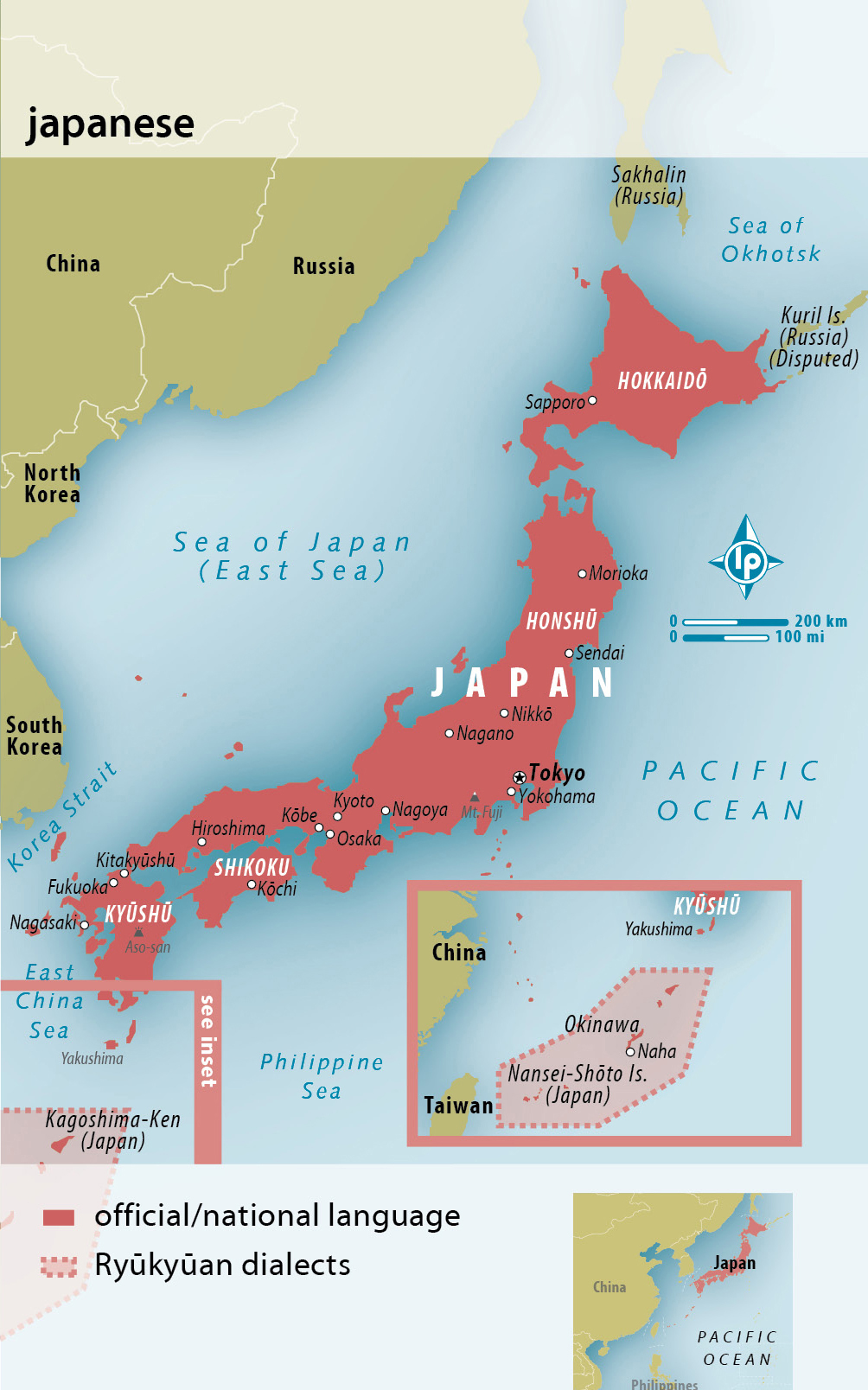 For more details, see the . INTRODUCTION Japanese or nihongo () is spoken by over 125 million people. While it bears some resemblance to Altaic languages such as Mongolian and Turkish and shows strong grammatical similarities to Korean, linguistic researchers have not been able to prove its origins. Despite this absence of a clear link to related languages, there are noticeable influences from nonrelated languages. Chinese is not only responsible for the existence of many Sino-Japanese words in Japanese, but also for the use of the originally Chinese kanji writing characters which the Japanese use in combination with the indigenous hiragana and katakana scripts.
For more details, see the . INTRODUCTION Japanese or nihongo () is spoken by over 125 million people. While it bears some resemblance to Altaic languages such as Mongolian and Turkish and shows strong grammatical similarities to Korean, linguistic researchers have not been able to prove its origins. Despite this absence of a clear link to related languages, there are noticeable influences from nonrelated languages. Chinese is not only responsible for the existence of many Sino-Japanese words in Japanese, but also for the use of the originally Chinese kanji writing characters which the Japanese use in combination with the indigenous hiragana and katakana scripts.
Trade with several European countries from the 16th until the 19th century has led to the inclusion of some Portuguese and Dutch loanwords and since the end of WWII many loanwords have come from English. Other languages spoken in Japan include Ainu and Rykyan. Ainu is unrelated to Japanese, and was once spoken in northern Honsh and the islands of Hokkaid and Sakhalin. Today it is sadly on its way to extinction. The Rykyan language varieties are also quite different from but still related to Japanese some consider them to be dialects of Japanese. at a glance ... language name: Japanese name in language: nihongo () language family: unconfirmed approximate number of speakers: 125 million close relatives: Rykyan, Korean (arguably) donations to English: aikido, bento box, bonzai, futon, geisha, harikiri, ikebana, judo, jujitsu, kamikaze, karaoke, karate, kendo, kimono, ninja, origami, sake, sashimi, sumo, sushi, tatami, tsunami, wasabi, yakuza The Japanese dialects spoken on the main islands can be roughly grouped as eastern and western dialects and, with Rykyan, complete the picture of Japans three groups of dialects. language name: Japanese name in language: nihongo () language family: unconfirmed approximate number of speakers: 125 million close relatives: Rykyan, Korean (arguably) donations to English: aikido, bento box, bonzai, futon, geisha, harikiri, ikebana, judo, jujitsu, kamikaze, karaoke, karate, kendo, kimono, ninja, origami, sake, sashimi, sumo, sushi, tatami, tsunami, wasabi, yakuza The Japanese dialects spoken on the main islands can be roughly grouped as eastern and western dialects and, with Rykyan, complete the picture of Japans three groups of dialects.

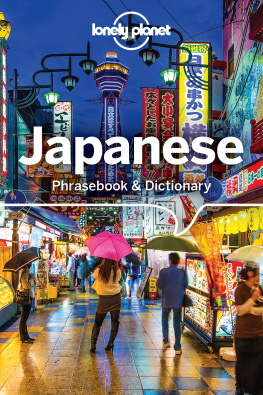





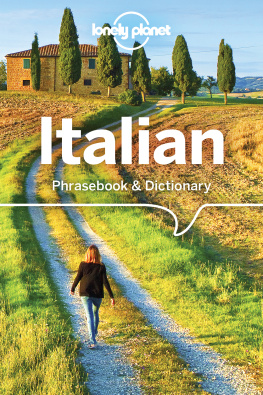
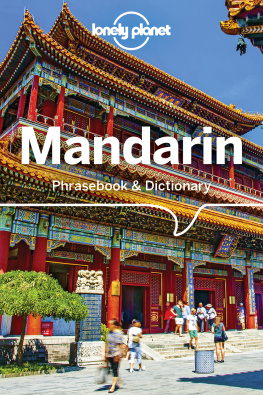
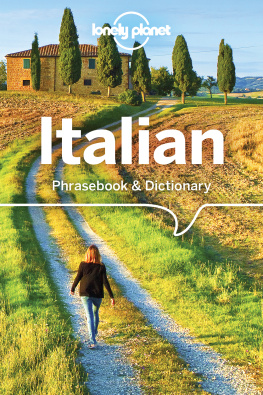


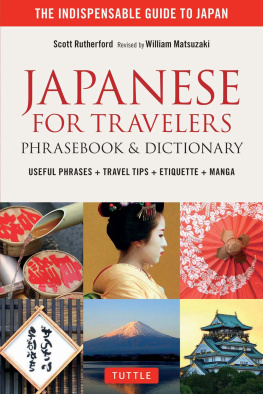
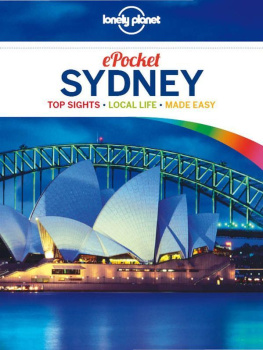
 Japanese audio phrasebook September 2018 Published by Lonely Planet Global Limited CRN 554153 Cover Image Nightlife in Shinsekai district, Osaka. Sean Pavone/Alamy ISBN 9781788686327 Text Lonely Planet 2018 All rights reserved. No part of this publication may be reproduced, stored in a retrieval system or transmitted in any form by any means, electronic, mechanical, photocopying, recording or otherwise, except brief extracts for the purpose of review, without the written permission of the publisher. Lonely Planet does not allow its name or logo to be appropriated by commercial establishments, such as retailers, restaurants or hotels. Please let us know of any misuses: www.lonelyplanet.com/ip Lonely Planet and the Lonely Planet logo are trade marks of Lonely Planet and are registered in the U.S.
Japanese audio phrasebook September 2018 Published by Lonely Planet Global Limited CRN 554153 Cover Image Nightlife in Shinsekai district, Osaka. Sean Pavone/Alamy ISBN 9781788686327 Text Lonely Planet 2018 All rights reserved. No part of this publication may be reproduced, stored in a retrieval system or transmitted in any form by any means, electronic, mechanical, photocopying, recording or otherwise, except brief extracts for the purpose of review, without the written permission of the publisher. Lonely Planet does not allow its name or logo to be appropriated by commercial establishments, such as retailers, restaurants or hotels. Please let us know of any misuses: www.lonelyplanet.com/ip Lonely Planet and the Lonely Planet logo are trade marks of Lonely Planet and are registered in the U.S.  For more details, see the . INTRODUCTION Japanese or nihongo () is spoken by over 125 million people. While it bears some resemblance to Altaic languages such as Mongolian and Turkish and shows strong grammatical similarities to Korean, linguistic researchers have not been able to prove its origins. Despite this absence of a clear link to related languages, there are noticeable influences from nonrelated languages. Chinese is not only responsible for the existence of many Sino-Japanese words in Japanese, but also for the use of the originally Chinese kanji writing characters which the Japanese use in combination with the indigenous hiragana and katakana scripts.
For more details, see the . INTRODUCTION Japanese or nihongo () is spoken by over 125 million people. While it bears some resemblance to Altaic languages such as Mongolian and Turkish and shows strong grammatical similarities to Korean, linguistic researchers have not been able to prove its origins. Despite this absence of a clear link to related languages, there are noticeable influences from nonrelated languages. Chinese is not only responsible for the existence of many Sino-Japanese words in Japanese, but also for the use of the originally Chinese kanji writing characters which the Japanese use in combination with the indigenous hiragana and katakana scripts.